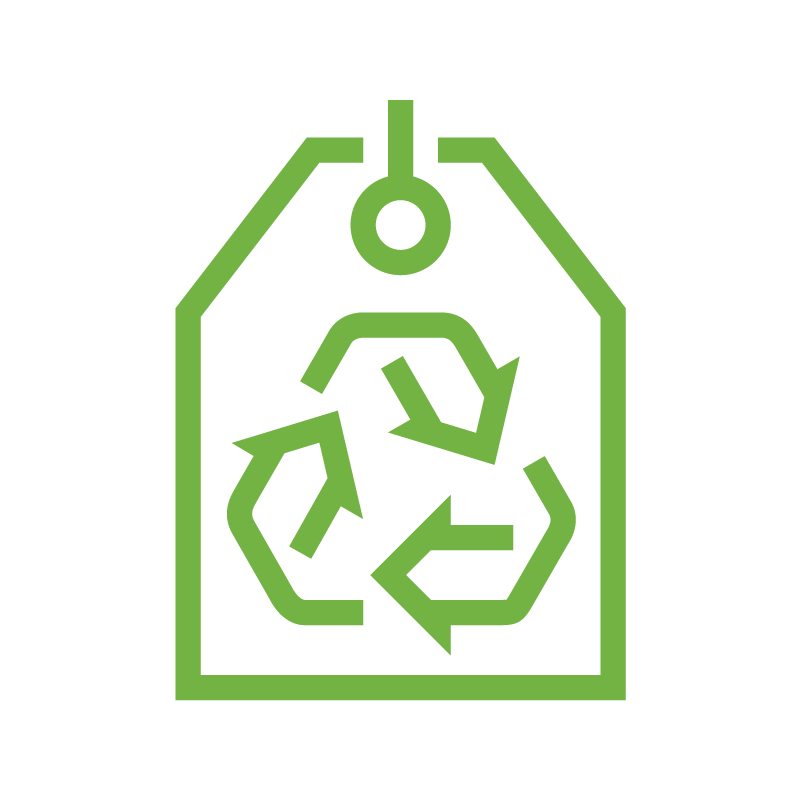
| query | |||||||||||||||||||||||||||||||||||||||||||||||||||||||||||||
|---|---|---|---|---|---|---|---|---|---|---|---|---|---|---|---|---|---|---|---|---|---|---|---|---|---|---|---|---|---|---|---|---|---|---|---|---|---|---|---|---|---|---|---|---|---|---|---|---|---|---|---|---|---|---|---|---|---|---|---|---|---|
| RESULTSET |
|
||||||||||||||||||||||||||||||||||||||||||||||||||||||||||||
| CACHED | false | ||||||||||||||||||||||||||||||||||||||||||||||||||||||||||||
| EXECUTIONTIME | 0 | ||||||||||||||||||||||||||||||||||||||||||||||||||||||||||||
| SQL | SELECT * FROM go_greener_design_projects WHERE challenge_title = 'Fast Fashion' AND (deleted IS NULL OR deleted = 0) | ||||||||||||||||||||||||||||||||||||||||||||||||||||||||||||
- Livia Firth
According
to the Environmental Protection Agency (EPA), 84 percent of unwanted clothes in
the United States in 2012 went into either a landfill or an incinerator. For the more eco-conscious, you’ll probably
haul your bags to Goodwill, or the Salvation Army and get a tax receipt! Before
you pat yourself on the back for your “greenness”, consider this: According to
the Council for Textile Recycling, charities overall sell only 20 percent of
the clothing donated to them at their retail outlets. A lot of the clothes are
sold, packed in bales and sent across the ocean to developing areas like
sub-Saharan Africa, South America and China (source).
This is not meant to discourage you from donating your old clothes- it’s by far a better option than throwing them in the trash. This is meant to have you consider the root cause of over consumption. Buy less and buy better!
Welcome to Fast Fashion Actions for Green!
Discover ways you can help by taking personal action. You can select actions you're already doing,or will start doing, now that you learned something new. Small actions taken by a large number of people make a difference.
LOGIN |
Social Influencers
Up to 600 Points
Audience: All Ages
Community Partner: University of Dayton
Contact us HERE to request community partner's support.
Standard AligmentComing Soon
Students will educate their peers on the environmental and ethical impacts of the industry, while exploring creative storytelling and digital marketing strategies.
PHASES:
Research and Brainstorming: Teams research fast fashion's environmental and social costs, ethical alternatives, and current influencer trends. They then brainstorm unique influencer personas, considering platforms, target audience, and messaging style.
Campaign Development: Teams will enhance their influencer profiles by crafting posts, stories, and videos that shed light on various critical issues. They will address the significant environmental impact of fast fashion, including pollution, excessive water usage, and textile waste. Additionally, they will highlight labor exploitation and the unfair working conditions prevalent in the industry. The campaign will also delve into the psychology of overconsumption and the constant chase of trends, promoting sustainable alternatives such as thrifting, upcycling, and supporting ethical brands.
Content Creation: Teams will design engaging content for platforms like Instagram, TikTok, and YouTube, tailored to maximize audience engagement and awareness. Their efforts will include informative explainer videos and infographics that shed light on ethical fashion practices, along with collaborations with local ethical fashion stores or designers to promote sustainability. They will also organize challenges and quizzes to raise awareness about the impact of fashion choices, feature fashion hauls from thrift stores or sustainable brands to showcase viable alternatives, and host Q&A sessions with experts or activists in the field to deepen the conversation around sustainable fashion.
OUTCOMES:
Students gain deeper understanding of fast fashion's impact and sustainable alternatives.
They develop critical thinking, research, and communication skills.
They learn about digital marketing and influencer culture.
The challenge fosters creativity, collaboration, and social responsibility within the school community.
Deliverables
Upload videos, infographics or written essays to relay your project messaging.